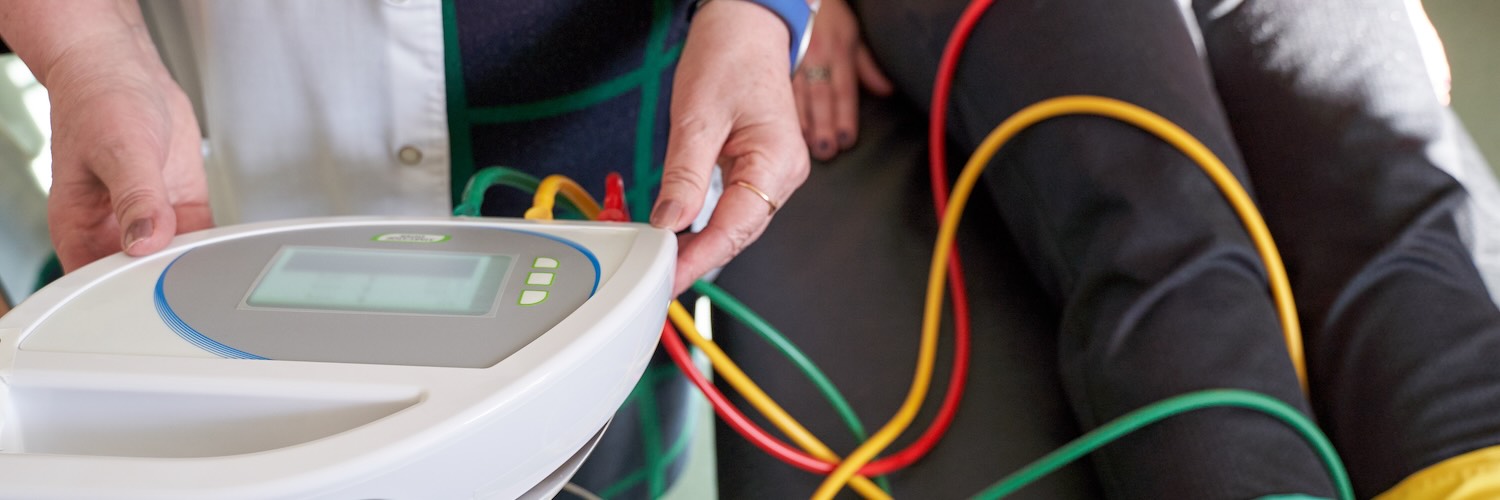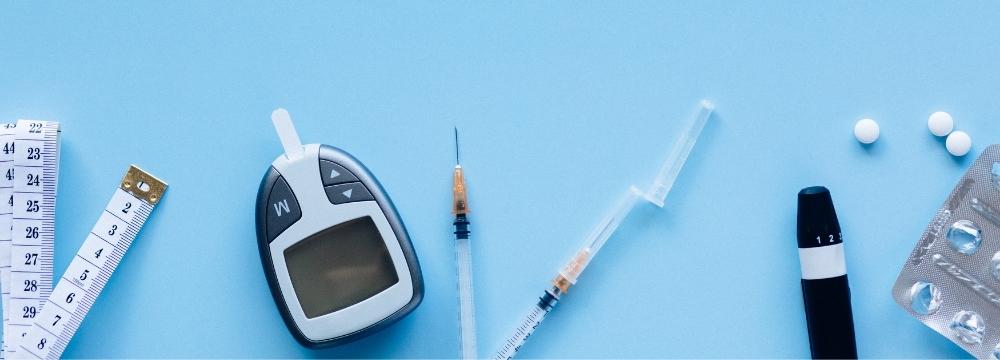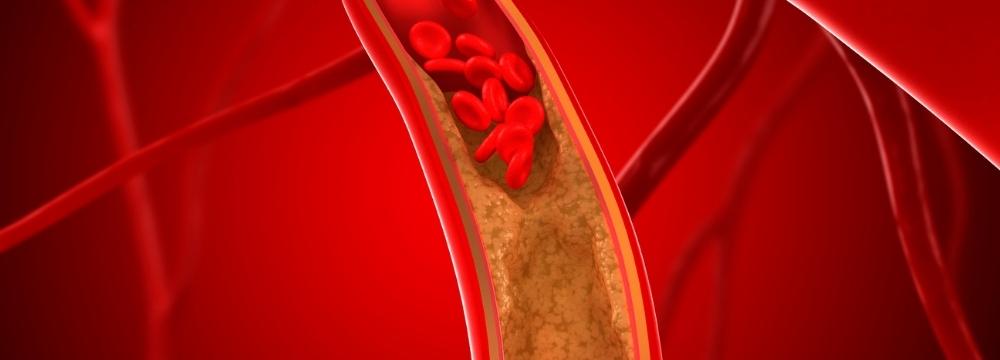
Updates and articles about Peripheral Artery Disease (PAD)

Afib
Arrhythmia
Aspirin
Blog
Blood Pressure
Cardiac Catheterization
Chest Pain
Cholesterol
COVID
Diabetes
Diet
EKG
Erectile Dysfunction
Exercise
Heart Attack
Heart Disease
Heart Failure
Heart Health
High Blood Pressure
News
Obesity
Pacemaker
Peripheral Artery Disease (PAD)
Screening
Sleep
Smoking
Stress Testing
Stroke
Supplementation
Uncategorized
Vaping
Warning Symptoms
Wegovy



